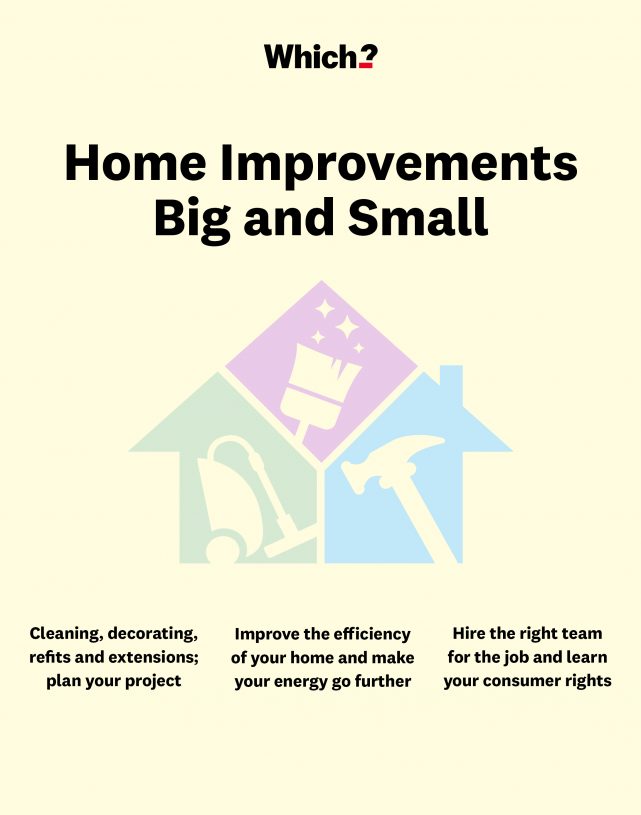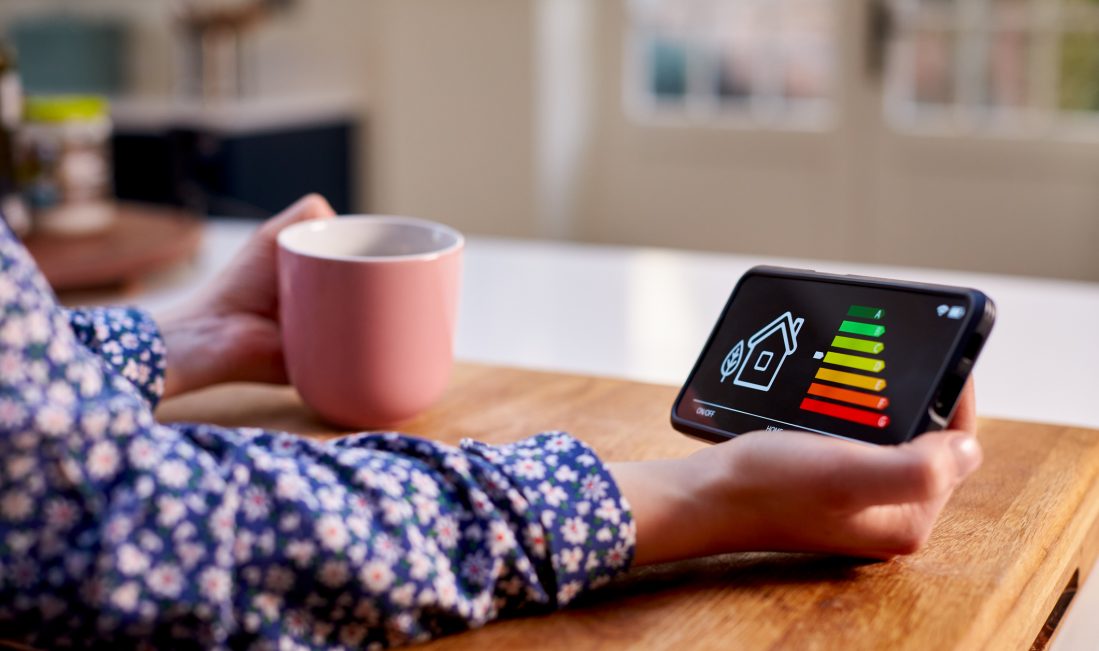User guide
Finding your way around the guide
To navigate between pages, click or tap the arrows to go forwards to the next page or backwards to the previous one. The arrows can be found either side of the page and at the bottom, too (circled in green, below).


Menu/table of contents
Click or tap on the three horizontal lines in the top-right of your screen to open the main menu/table of contents. This icon is always visible whether you're using a computer, tablet or smartphone. The menu will open on top of the page you’re on. Click on any section title to visit that section. Click the cross at any time to close the table of contents.
Text size
On a computer, you'll see three different sized letter 'A's in the top-right of your screen. On a smartphone or tablet these are visible when you open the menu (see above). If you’re having trouble reading the guide, click or tap on each of the different 'A's to change the size of the text to suit you.
Pictures
On some images you'll see a blue double-ended arrow icon. Clicking or tapping on this will expand the picture so you can see more detail. Click or tap on the blue cross to close the expanded image.
Where we think a group of images will be most useful to you, we've grouped them together in an image gallery. Simply use the blue left and right arrows to scroll through the carousel of pictures.
Links
If you see a word or phrase that's bold and dark blue, you can click or tap on it to find out more. The relevant website will open in a new tab.
Jargon
If you see a word or phrase underlined, click or tap on the word and small window will pop up with a short explanation. Close this pop-up by clicking or tapping the cross in the corner.
Help
On a computer, you'll see a question mark icon in the top-right of your screen. On a smartphone or tablet this is visible when you open the menu (see above).
Clicking or tapping on the question mark will open this user guide. It opens on top of the page you're on and you can close it any time by clicking or tapping the cross in the top-right corner.

Efficient heating
The combination of efficient central heating and excellent insulation is the gold standard for a warm home.
Buying an efficient new boiler or switching your energy tariff might not be an option right now, but there are probably ways to save energy with the setup you have. Read on to find out about adjusting your boiler’s flow rate, getting a smart meter and whether it’s worth considering new heating technology, such as smart thermostats and radiator valves.
Four free ways to boost energy savings
- Adjust your boiler’s flow temperature
This is the temperature at which water leaves the boiler on its journey to the radiators. The default setting can be up to 80°C, but if you have a condensing combi boiler (any combi boiler installed after 2005 will be one of these) you could get away with setting the temperature as low as 60°C without it being uncomfortable.
Combi boilers also let you select how hot the water supplied to your taps is. So you can adjust both your heating (radiator) and hot water temperatures separately.
Lowering flow-rate temperature works best in well-insulated houses with correct-sized radiators. If your radiators are small for the room and your insulation is poor, lowering your boiler’s flow rate could cause it to be on for longer without getting your rooms to a comfy temperature. Read more about making your boiler more efficient. - Review energy payments
If you want to ensure you're paying the right amount, try submitting regular meter readings (if your smart meter doesn't already send them for you), managing your account online, paying by direct debit, and questioning any direct debit increases. Find out more about these and other ways to save on your energy bill. - Make the most of your radiators
Always leave a gap between radiators and the furniture, remove radiator covers and make sure your curtains don’t hang down over them and trap the warm air next to the window. If your radiators are cool at the top, they need bleeding to release the excess air. Find out which radiator mistakes can increase your bills. - Turn down your thermostat
If you’re active in the house, such as doing housework or cooking, set the thermostat lower. Try 18°C and see how you feel. If you have a single thermostat for the whole house, Energy Saving Trust says that for every degree you increase the temperature, it will increase your heating bill by about 10%.
How can we reduce our energy bills? We take a deeper dive into the energy market and explore if there is anything we can do to help lessen the impact of soaring energy prices.
By February 2023, more than two million pre-payment vouchers hadn’t been claimed.
These vouchers are part of the government's Energy Bills Support Scheme (EBSS) to help all households with the cost of energy this winter.
Most households will already have received their payments, in monthly installments of £66 or £67, with the last one in March 2023.
You should have received your discount automatically unless you have a traditional prepayment meter. If so, you should have been sent vouchers which you need to redeem when you top up. Vouchers are sent by email, text or post. If you haven't redeemed yours yet, you have until 30 June 2023. If you haven't received vouchers, or lost them, ask your energy supplier to reissue them.
Read more about how to use your prepayment energy voucher.
Energy suppliers and tariffs – the situation in 2023
Energy suppliers have previously offered a range of cheap one-year fixed deals, but since wholesale energy prices rocketed in autumn 2021, these have all vanished from the market.
Right now, it’s unlikely you will find an energy tariff cheaper than what you're currently paying. That's because the government's Energy Price Guarantee (EPG) is capping the unit rates you pay for your gas and electricity at lower prices than energy providers would otherwise be able to offer, so there are no cheaper fixed deals available.
If you are on a fixed tariff which is due to end soon, your energy supplier will contact you to tell you your options. Check carefully how the prices of any offered fixed deals compare to what you're currently paying. If it has no fixed-term tariffs, or you don't choose one, you will move automatically onto its variable or out-of-contract rate at the end of your contract.
There are very few deals available right now, but it's worth keeping an eye out for cheaper deals being launched later this year as wholesale prices drop.
If you’re moving house, our energy price supplier comparison tool can help you to get settled in with the best deal currently available.
This year we’ve surveyed more than 10,000 energy customers, asking them to rate the companies they use. We also conducted an in-depth assessment of energy companies’ practices to find out which ones are serving their customers best. Only one company impressed us enough to be awarded Which? Recommended Provider. Find out which one in our comparison of the best and worst energy companies in 2023.
Smart meters
Smart meters give both you and your energy provider accurate and regular updates on how much electricity and gas you use. A smart meter should mean that you never need to read your gas and electricity meters. The in-home display should keep you up to date on your usage and how much it's costing, while the data is also sent straight from it to the provider to ensure accurate bills.
However, if yours isn't sending your meter readings automatically, you're not alone. When we surveyed Which? members with smart meters in December 2022, 23% told us they'd had at least one problem with theirs in the last year. Of those who had a problem, 41% said their energy company wasn't receiving automatic readings from their smart meter, and 40% said their in-home display wasn't working. Find out what to do about faulty smart meters.
When a smart meter is functioning correctly, it is convenient to have and may help you to save money. Here’s how:
- Your in-home display (IHD) shows how much gas and electricity you're using in real time. This can help you to identify any times when you're using more than you'd expect and adjust your habits to use less energy.
- You can monitor how much you're spending more closely as your IHD displays how much the energy you're using is costing.
- Your meter readings are sent to your energy suppliers automatically, so you don't have the hassle of sending your own meter readings.
- Your bills are more accurate. As your supplier always has your most up-to-date meter readings, there are no estimated bills.
- If you have a prepayment meter, your IHD will show how much credit you have left, and you can then use your phone or computer to buy more, rather than going to the shop or phoning to top up. You can also set your meter to top up automatically.
Find out more about smart meters and how they work.
It’s one of the priciest of all household purchases, so it’s important to get it right. Every year, we ask boiler owners to tell us whether they’d recommend their boiler to a friend. We also ask Which? Trusted Trader heating engineers for their expert opinion. Worcester Bosch, Vaillant and Viessmann topped the charts in our latest survey, but there are cheaper boiler brands that still impress. Head to our expert advice page to find out which they are.
Smart home heating tech – is it worth the investment?
Smart thermostats and smart radiator valves can help you to use energy efficiently, so we look at whether they're worth the cost of installation.
Smart thermostats
Unlike other boiler controls, smart thermostats allow you to remotely control your home's temperature. Like a smart meter, most smart thermostats can show how much you're using your heating, allowing you to keep a closer eye on your energy bills. Some smart thermostats also monitor how you heat your home and learn your routine, for a more hands-off approach to scheduling your heating.
However, the real question is, will they save you money, as the manufacturers routinely claim? Unless you often forget to lower or turn off the heating when you leave the house, your savings are likely to be modest, especially as you need to pay an expert to install these devices.
But, seeing what you are spending at any given moment may lead you to adjust your habits. Overall, a smart thermostat is most likely to pay you back quicker if you have a busy, irregular lifestyle, since you can always make sure the boiler isn’t on when you are out. If you plan on staying in the same property for a few years then you will eventually recoup the cost of installation through savings on your heating bills – but not as quickly as manufacturers would have you believe.
Read our guide to the best smart thermostats for 2023 for more information.
Smart radiator valves
A standard thermostatic radiator valve allows you to set the temperature of individual rooms. A smart radiator valve is the same in principle, but allows you to do this remotely via a smartphone app and also create a heating schedule to control the temperature of individual rooms.
Head to all our smart radiator valves advice guides to learn more about using smart thermostats and radiator valves together.


